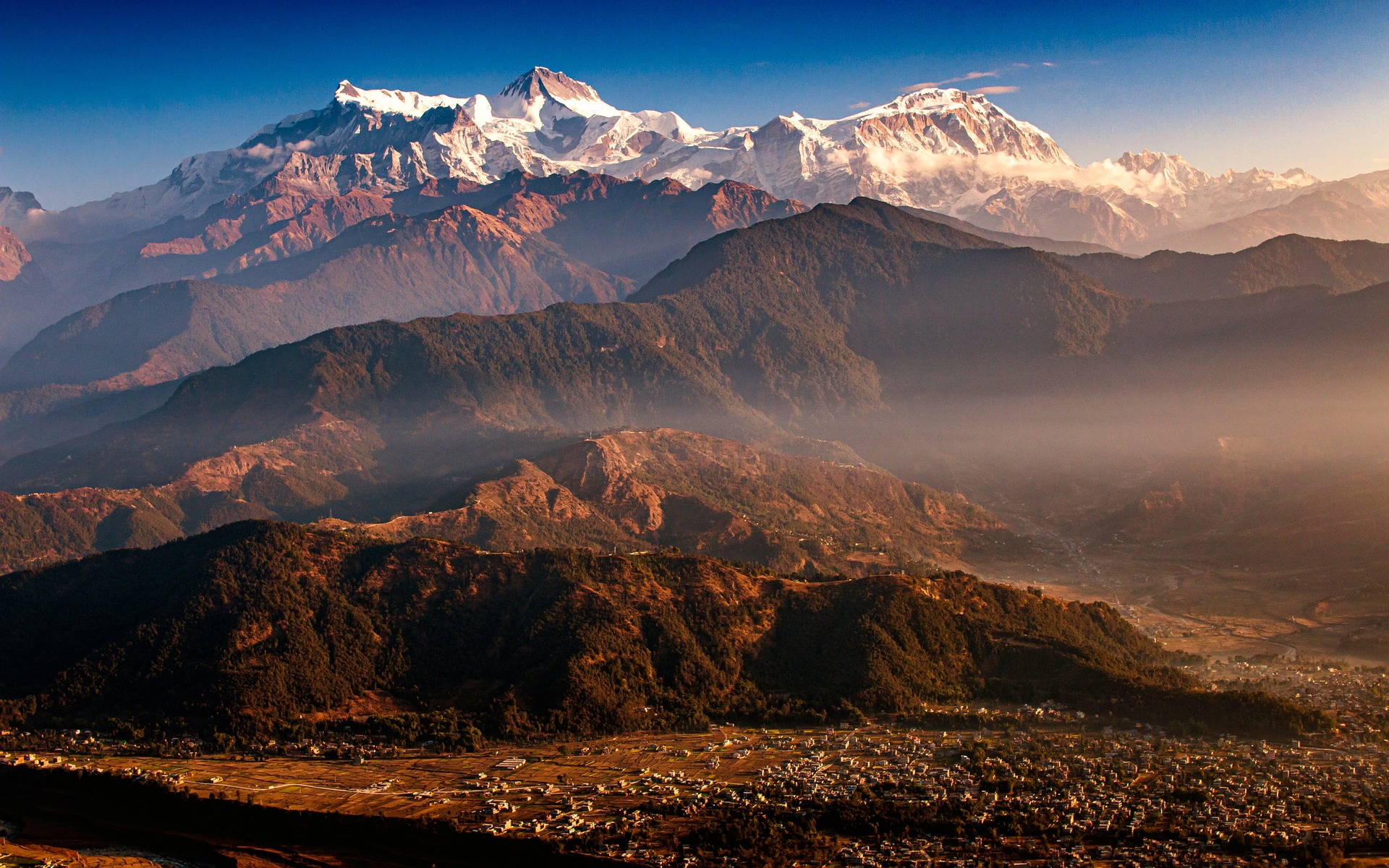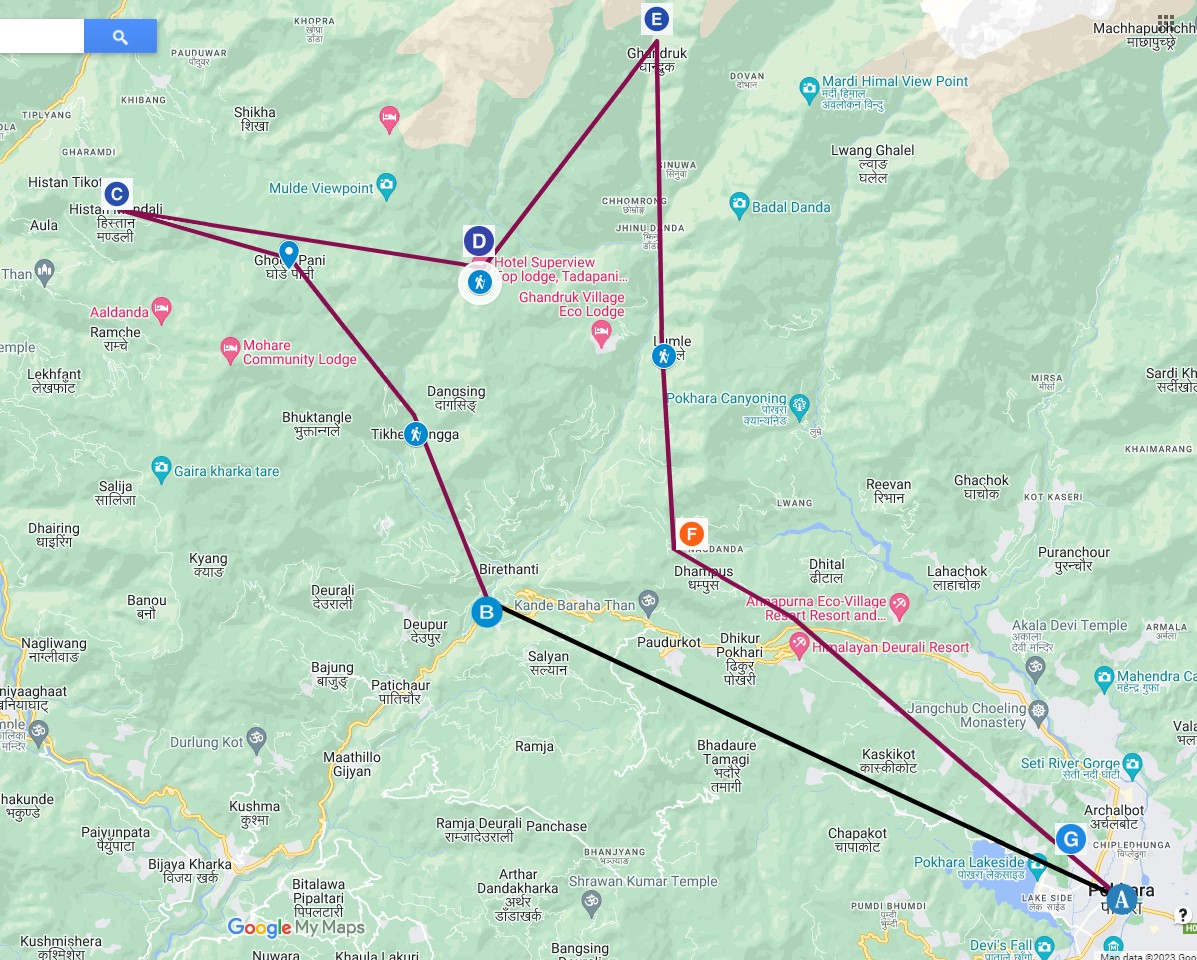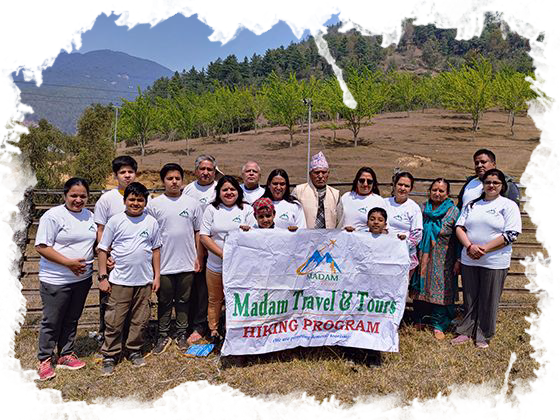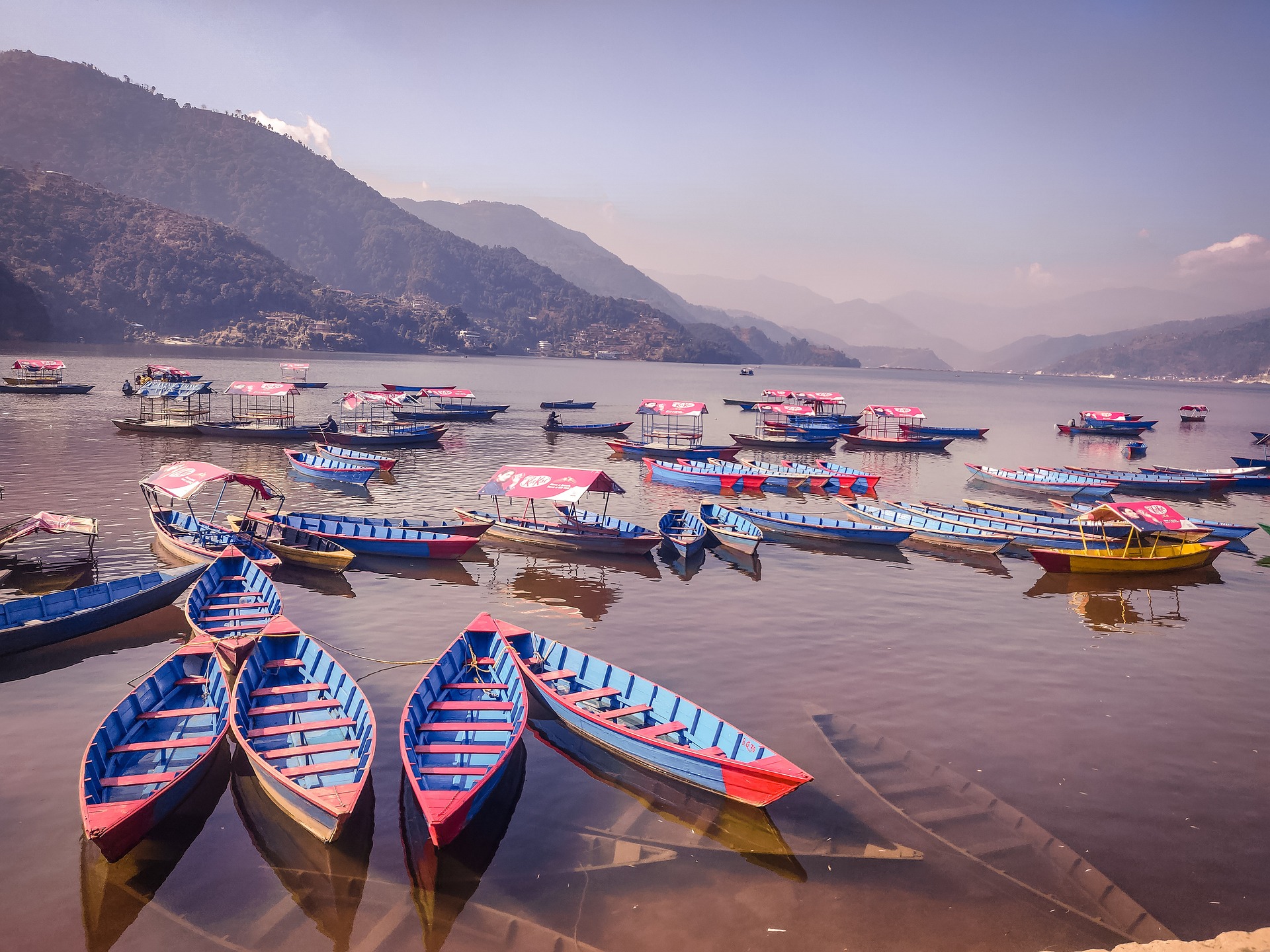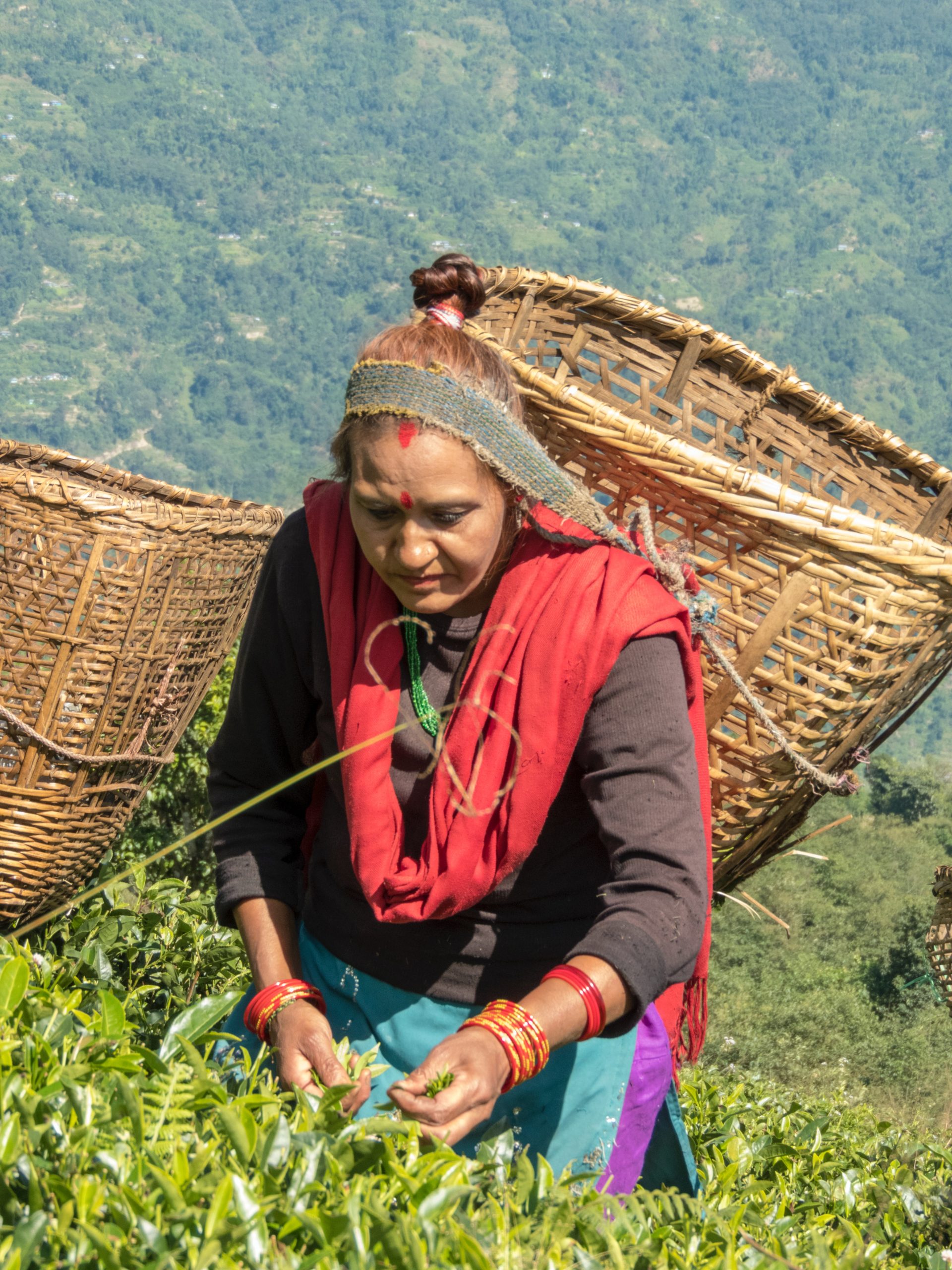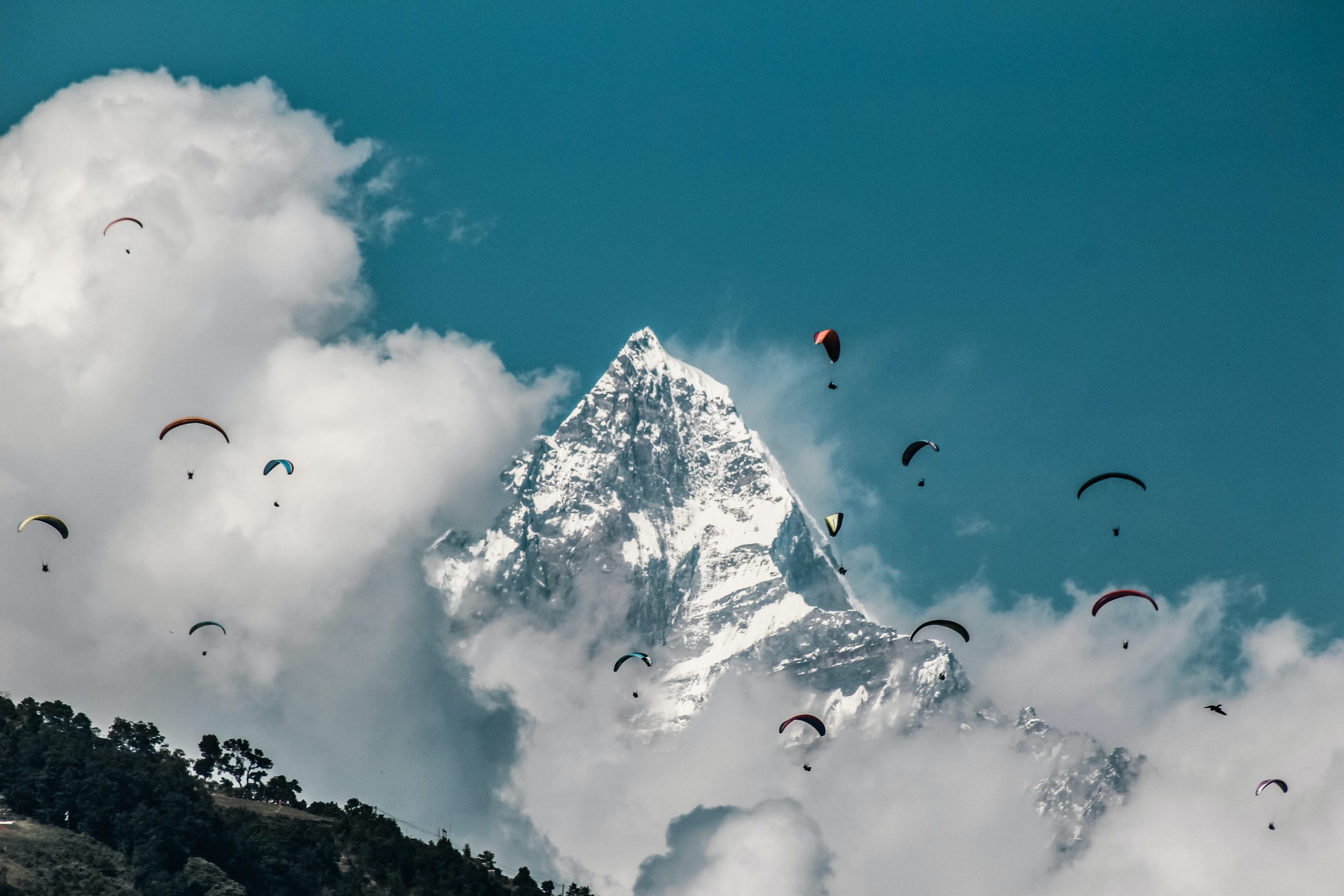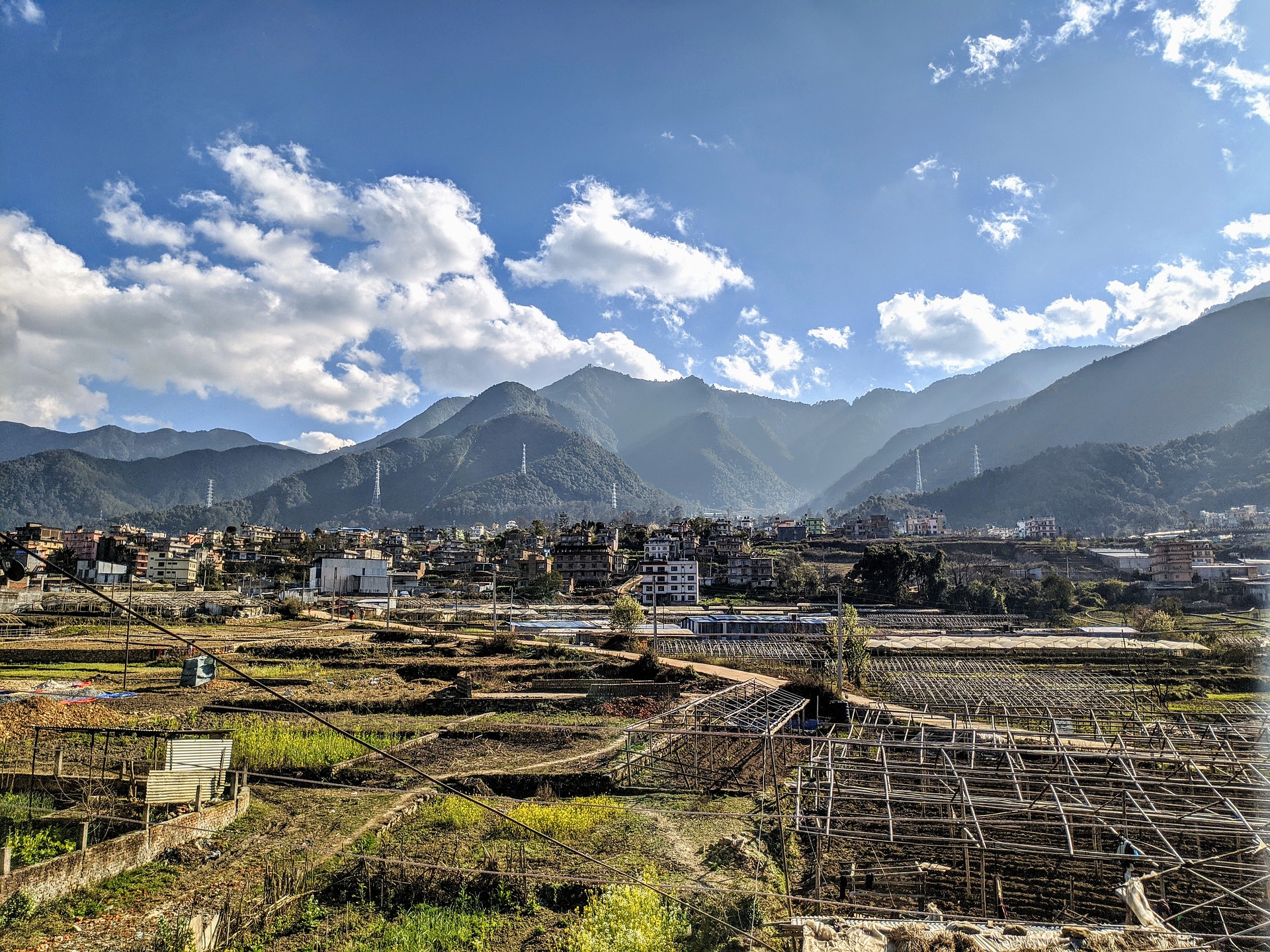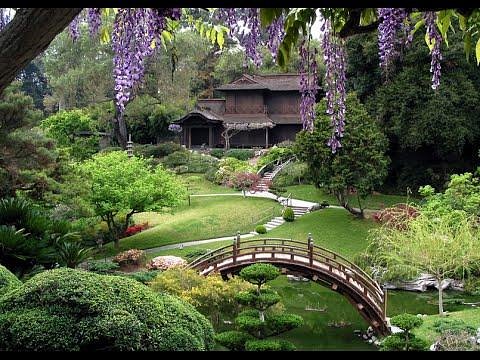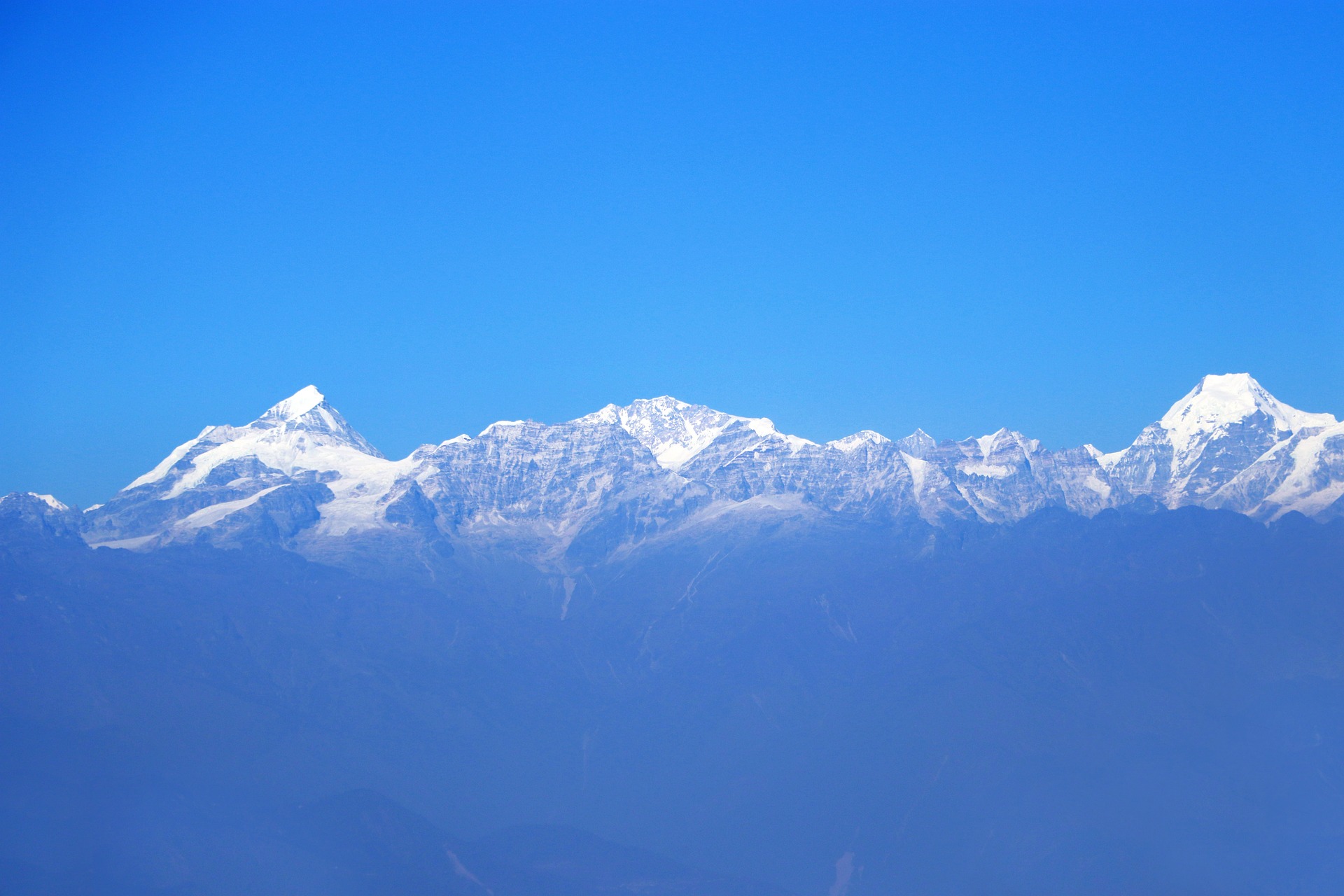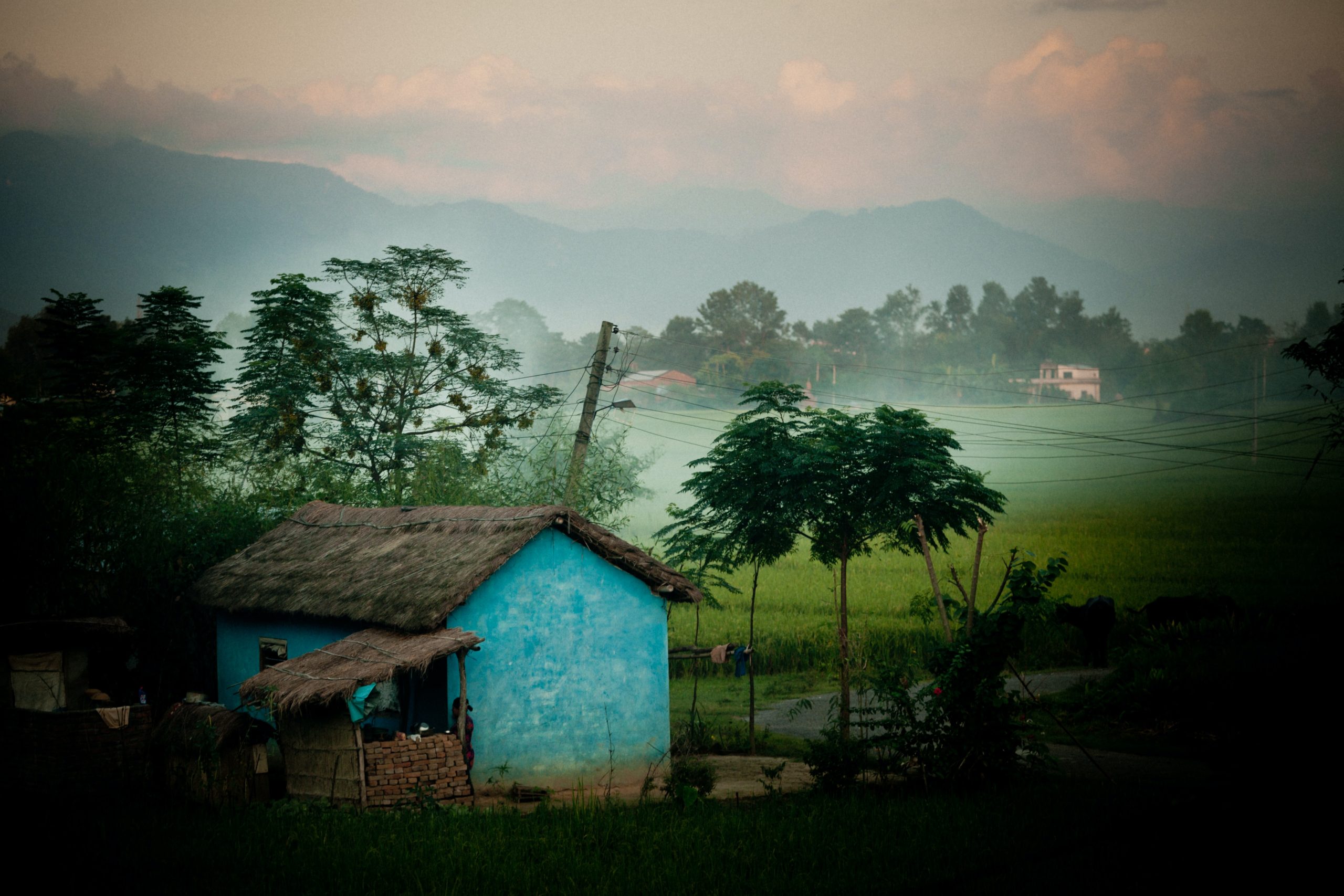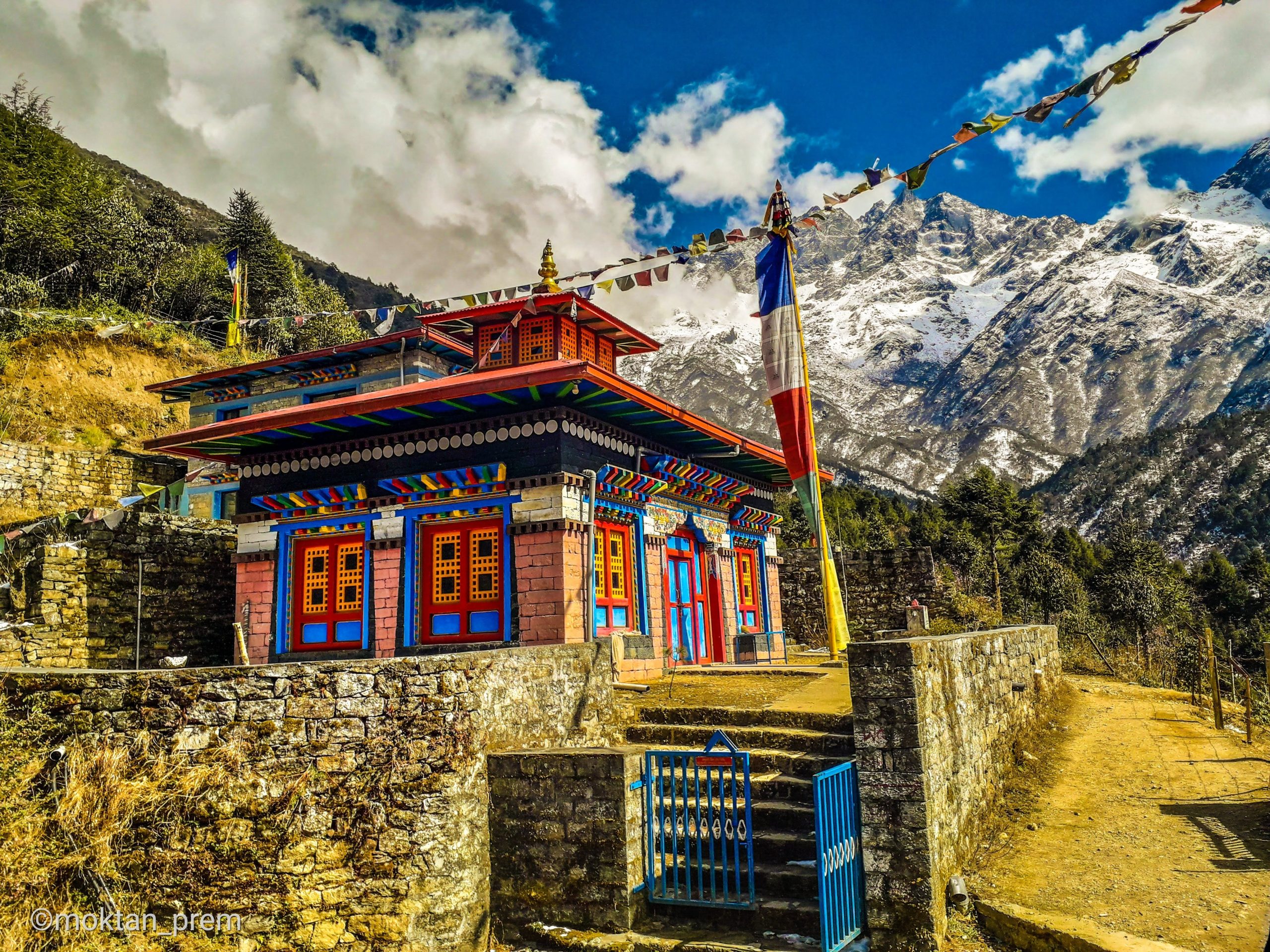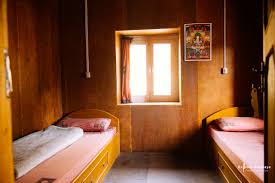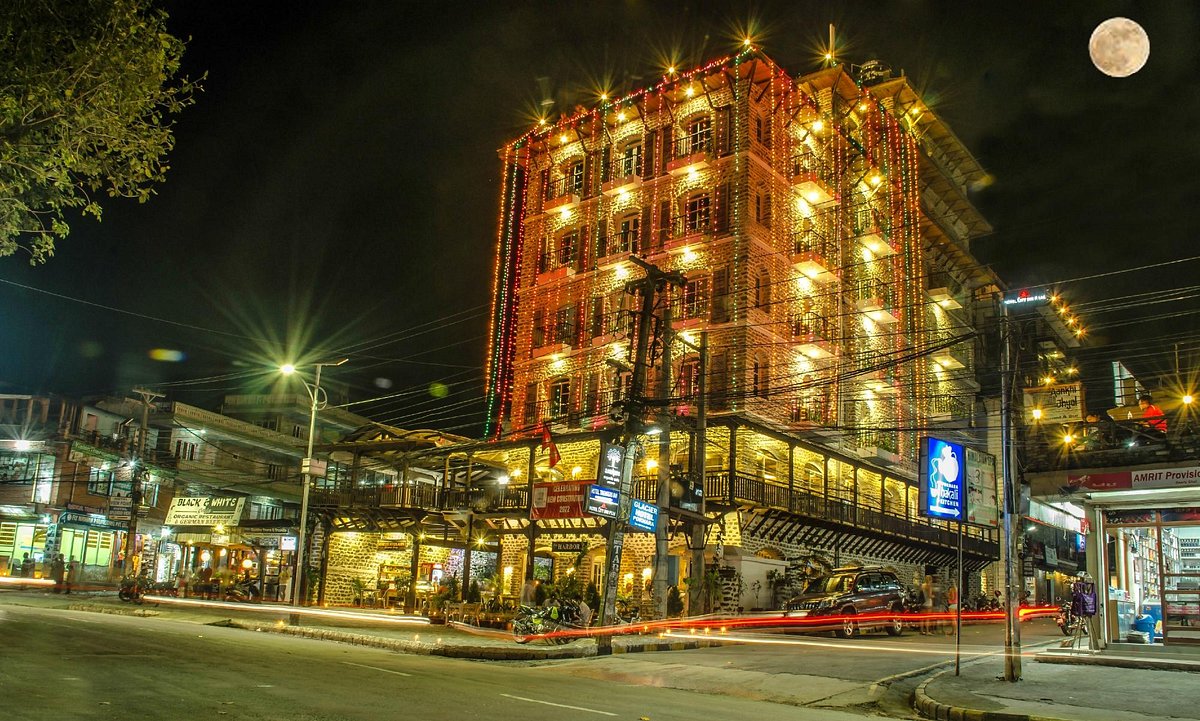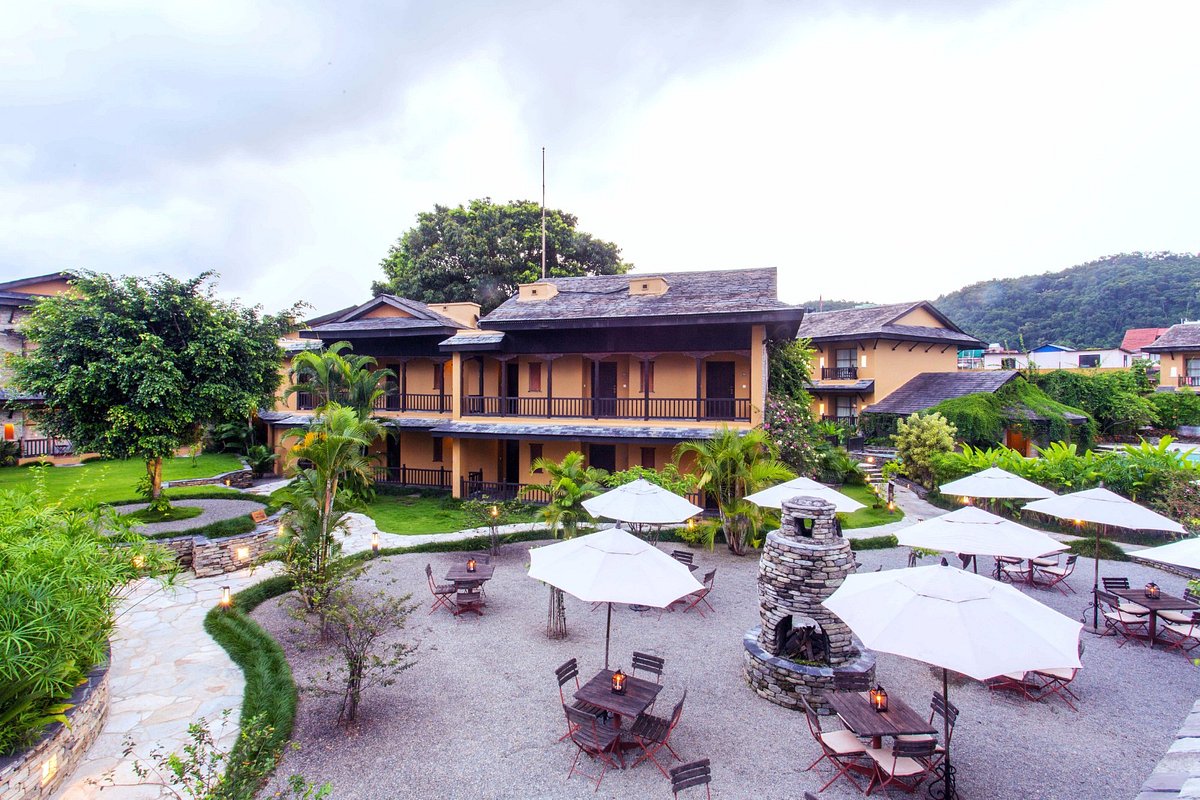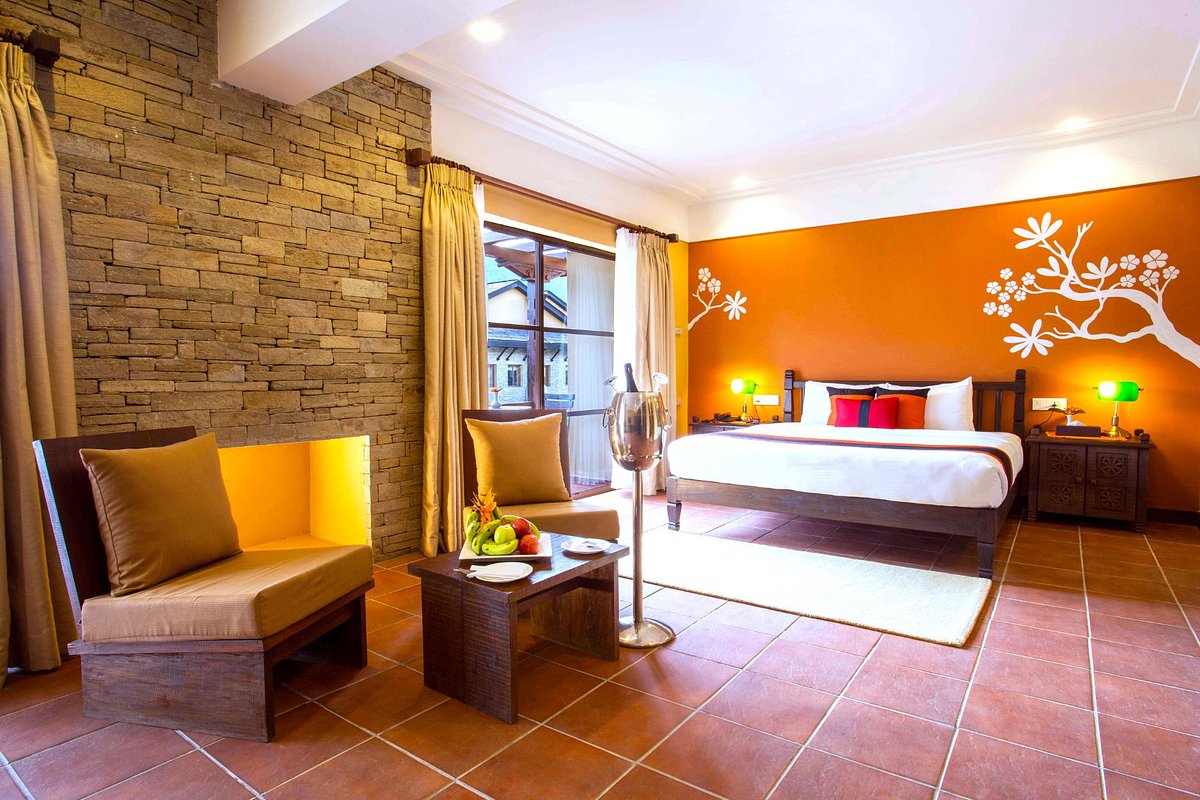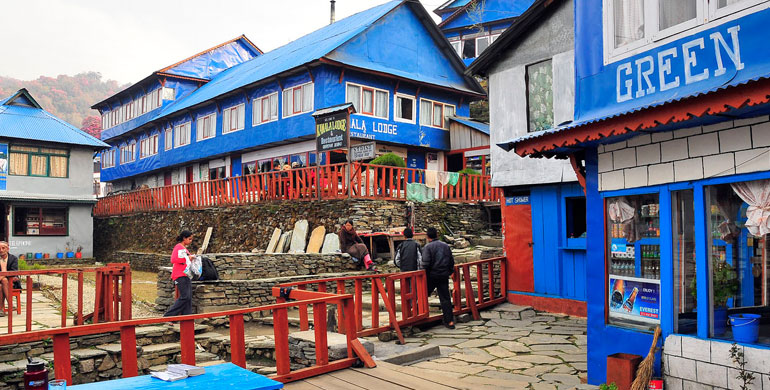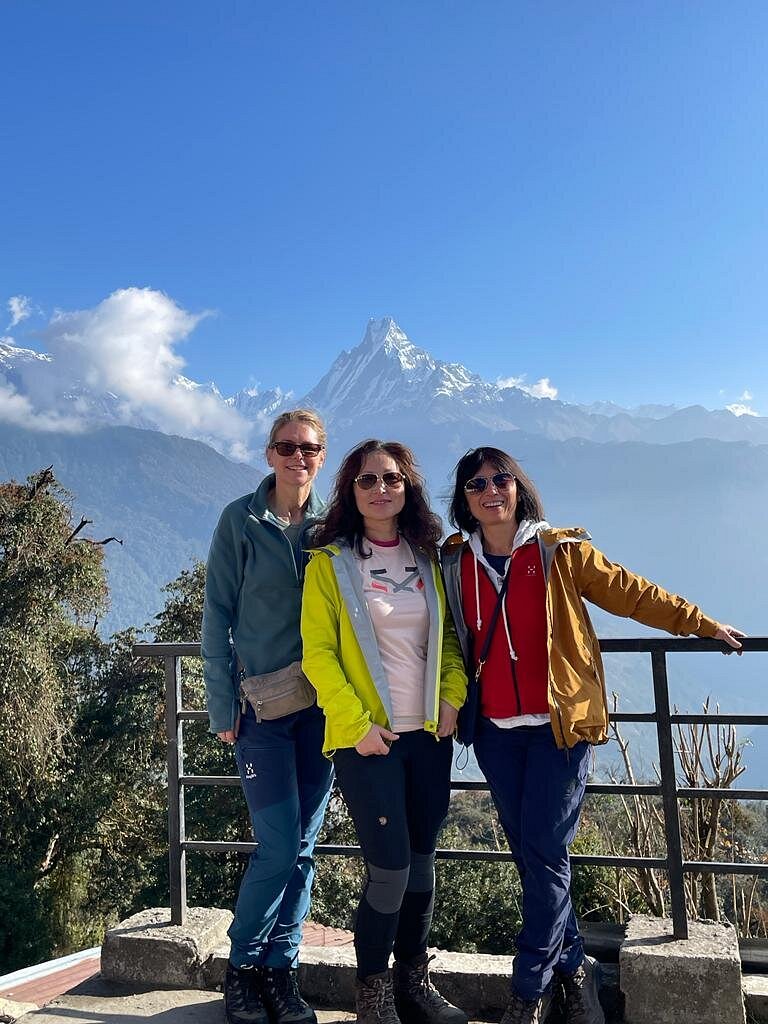Poon Hill Trekking
Embark on a breathtaking journey through the majestic Annapurna and Dhaulagiri mountain ranges with the Poon Hill Trek. Starting from Pokhara, this 4-5 day trek takes you through idyllic villages, verdant forests, and lush farmland. The trek culminates at Poon Hill, where you can witness the splendor of the sunrise and immerse yourself in the breathtaking panoramic views. This trek is suitable for both seasoned hikers and novices, offering a remarkable opportunity to discover Nepal’s awe-inspiring beauty and rich cultural heritage. Don’t miss out on this unforgettable adventure!
Overview
The Poon Hill Trek, situated in the breathtaking Annapurna and Dhaulagiri mountain ranges, is a trekking journey that is both challenging and beautiful. The trek starts from Pokhara and lasts for approximately 4-5 days, taking you through charming villages, verdant forests, and picturesque farmland. The trail is adorned with exotic flora and fauna, including rhododendron and magnolia trees, and various species of birds and butterflies.
As you embark on the trek, you will be met with awe-inspiring views of the snow-capped peaks of Annapurna South, Hiunchuli, and Machhapuchhre. The trek culminates at Poon Hill, which is renowned for its panoramic sunrise views of the majestic Himalayan range. From here, you can catch glimpses of Dhaulagiri, Annapurna, and Manaslu, amongst other peaks.
Additionally, the Poon Hill Trek provides an excellent opportunity to explore the culture and traditions of the Nepalese people. You will have the chance to visit the Gurung villages of Ghandruk and Ghorepani.
Itinerary
Itinerary
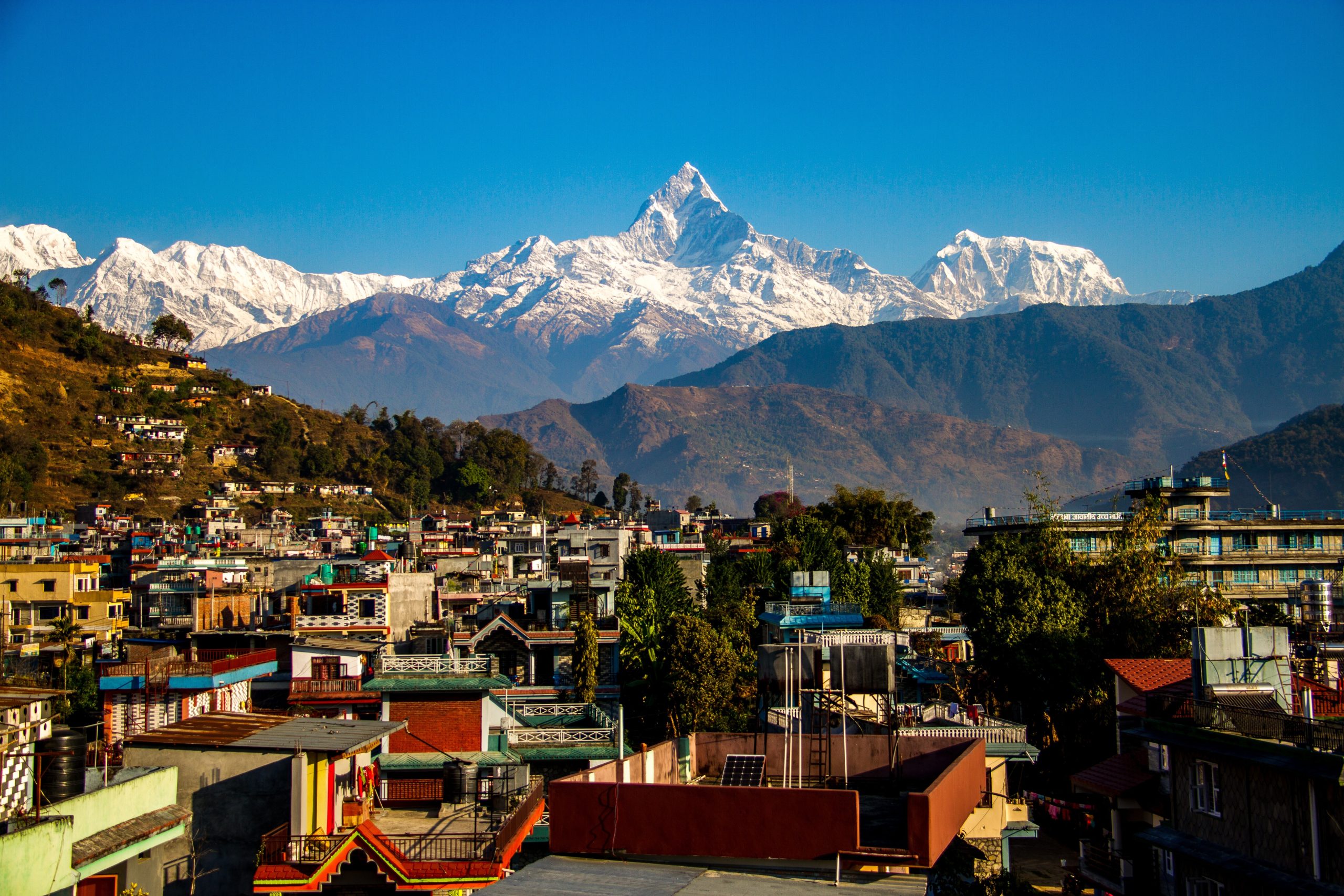
- Distance: Approximately 40 kilometers from Pokhara to Nayapul and approximately 5 kilometers from Nayapul to Tikhedhunga
- Drive time: Approximately 1.5 hours from Pokhara to Nayapul and approximately 1 hour from Nayapul to Tikhedhunga
- Altitude: 1070 meters (Nayapul) to 1577 meters (Tikhedhunga)
- Accommodation: There are several teahouses and lodges in Tikhedhunga where you can spend the night. The lodges offer basic accommodation and meals, and the rates are generally reasonable.
- Along the way: The Poon Hill trek begins in Pokhara, a city located in central Nepal. From Pokhara, you will drive to Nayapul, a small town located on the banks of the Modi Khola river. From Nayapul, you will continue your journey to Tikhedhunga, a small village located in the Annapurna region.

- Distance: Approximately 15 kilometers
- Hiking time: Approximately 6-7 hours
- Altitude: 1577 meters (Tikhedhunga) to 2850 meters (Ghorepani)
- Accommodation: There are several teahouses and lodges in Ghorepani where you can spend the night. The lodges offer basic accommodation and meals, and the rates are generally reasonable.
- Along the way: From Tikhedhunga, you will begin your ascent to Ghorepani, a small village located in the Annapurna region. The village is located at an altitude of 2850 meters, and it offers stunning views of the surrounding mountains. The trek from Tikhedhunga to Ghorepani is relatively strenuous, as you will gain more than 1000 meters in elevation. However, the trail is well-marked and the views along the way are stunning.
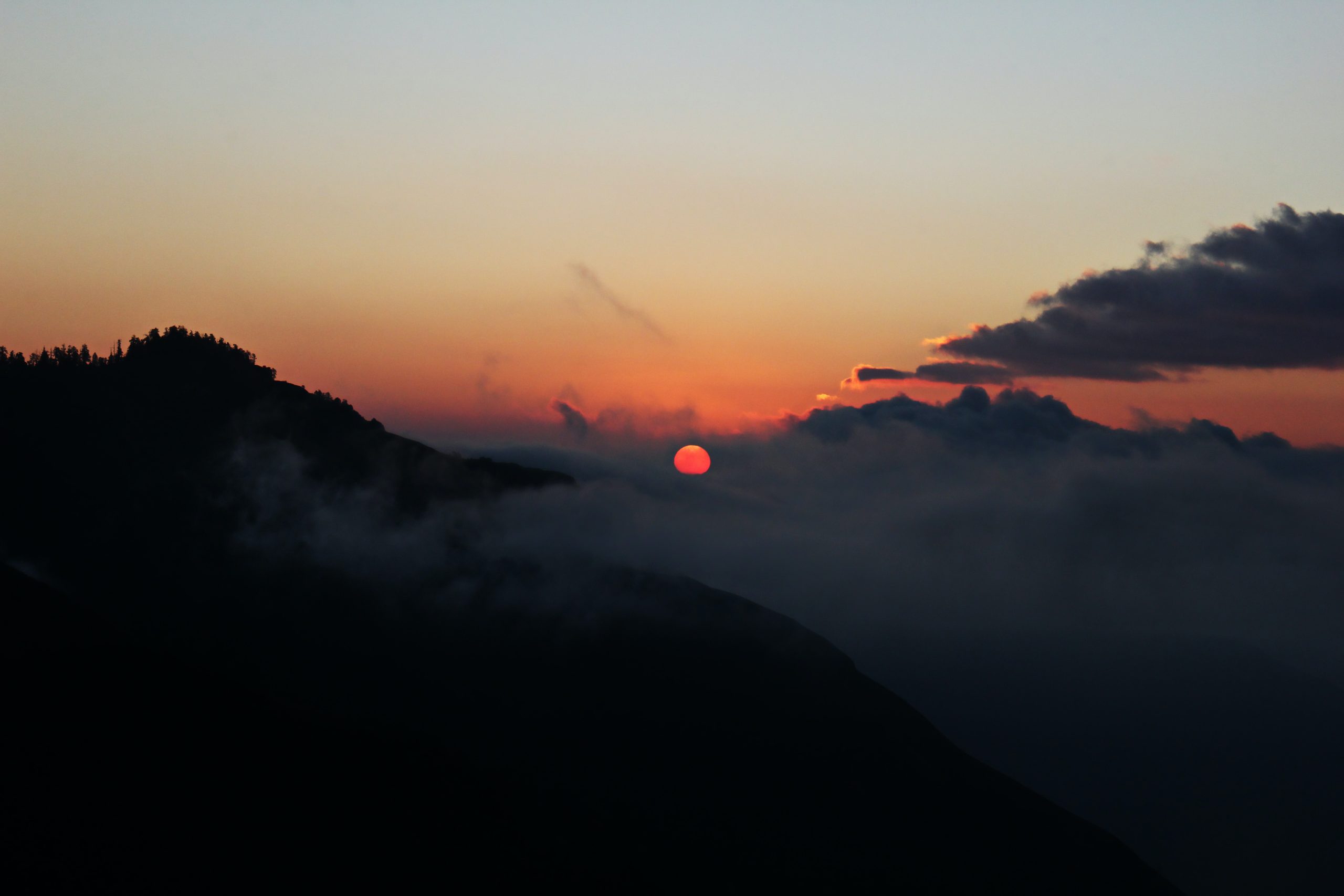
- Distance: Approximately 10 kilometers
- Hiking time: Approximately 6-7 hours
- Altitude: 2850 meters (Ghorepani) to 3210 meters (Poon Hill) and then to 2595 meters (Tadapani)
- Accommodation: There are several teahouses and lodges in Tadapani where you can spend the night. The lodges offer basic accommodation and meals, and the rates are generally reasonable.
- Along the way: From Ghorepani, you will make a short hike to Poon Hill, a popular viewpoint located in the Annapurna region. From Poon Hill, you will enjoy stunning views of the surrounding mountains, including Annapurna South, Annapurna I, and Dhaulagiri. After taking in the views from Poon Hill, you will continue your descent to Tadapani, a small village located in the Annapurna region.
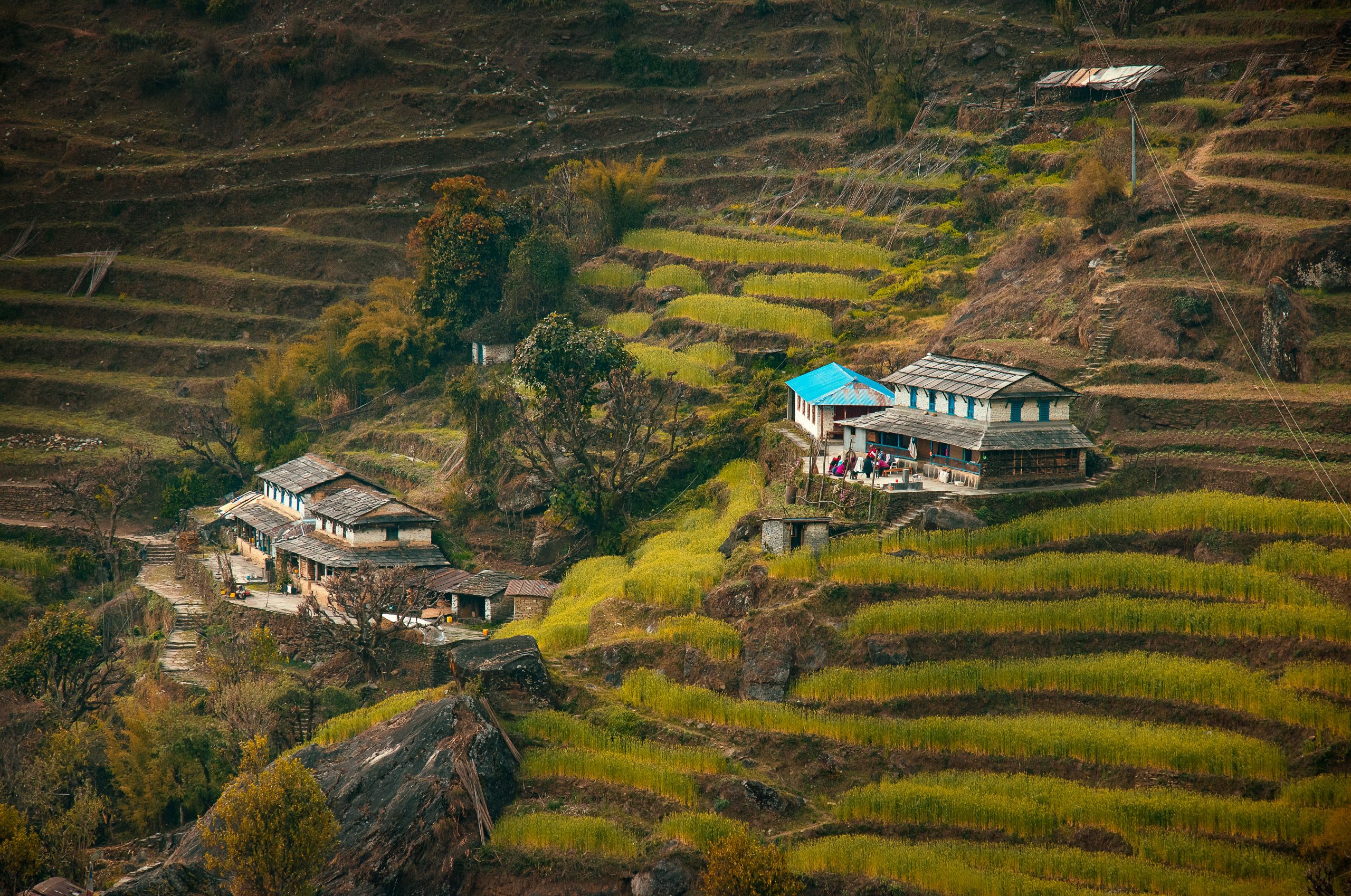
- Distance: Approximately 10 kilometers
- Hiking time: Approximately 4-5 hours
- Altitude: 2595 meters (Tadapani) to 1940 meters (Ghandruk)
- Accommodation: There are several teahouses and lodges in Ghandruk where you can spend the night. The lodges offer basic accommodation and meals, and the rates are generally reasonable.
- Along the way: From Tadapani, you will begin your descent through the Annapurna region, passing through small villages and forests along the way. The trail offers beautiful views of the surrounding mountains, including Annapurna South and Hiunchuli. You will eventually reach Ghandruk, a small village located at an altitude of 1940 meters. Ghandruk is a popular stop for trekkers in the Annapurna region, and it is known for its beautiful views and traditional Gurung culture.
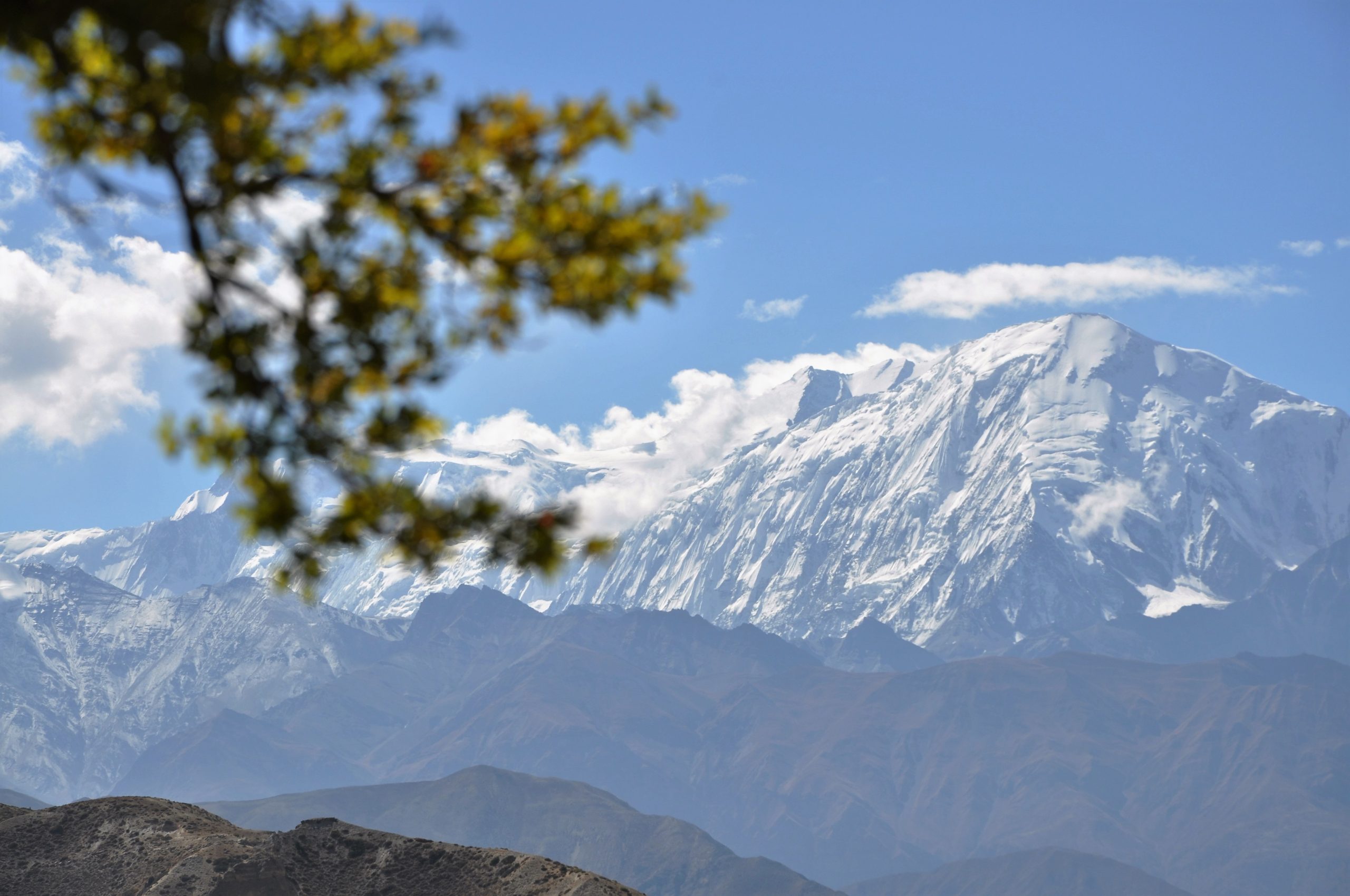
- Distance: Approximately 8 kilometers
- Hiking time: Approximately 3-4 hours
- Altitude: 1940 meters (Ghandruk) to 1565 meters (Landruk)
- Accommodation: There are several teahouses and lodges in Landruk where you can spend the night. The lodges offer basic accommodation and meals, and the rates are generally reasonable.
- Along the way: From Ghandruk, you will continue your descent through the Annapurna region, passing through small villages and forests along the way. The trail offers beautiful views of the surrounding mountains, including Annapurna South and Hiunchuli. You will eventually reach Landruk, a small village located at an altitude of 1565 meters. Landruk is a popular stop for trekkers in the Annapurna region, and it is known for its beautiful views and traditional Gurung culture.
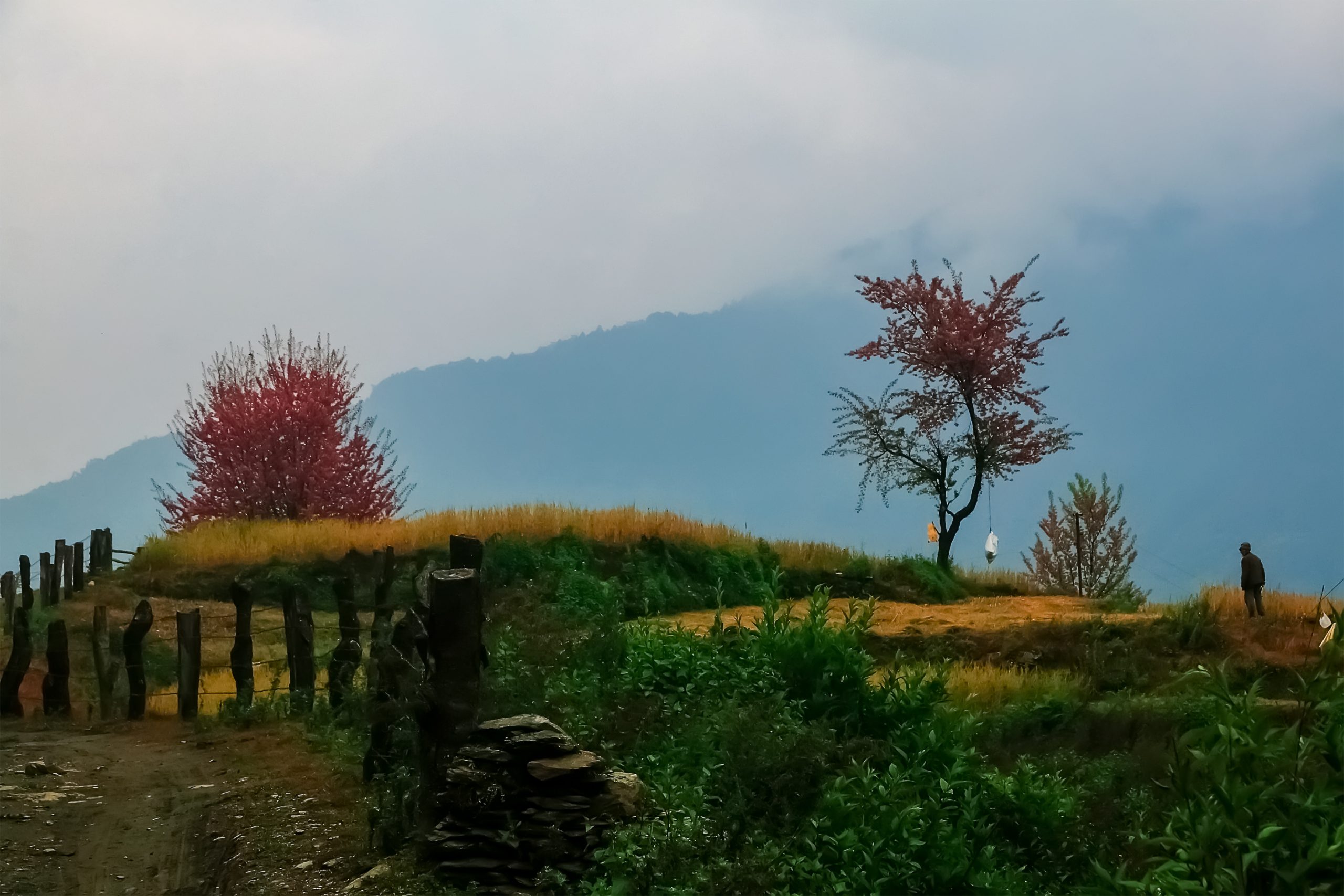
- Distance: Approximately 8 kilometers
- Hiking time: Approximately 3-4 hours
- Altitude: 1565 meters (Landruk) to 1900 meters (Pothana)
- Accommodation: There are several teahouses and lodges in Pothana where you can spend the night. The lodges offer basic accommodation and meals, and the rates are generally reasonable.
- Along the way: From Landruk, you will begin your ascent through the Annapurna region, passing through small villages and forests along the way. The trail offers beautiful views of the surrounding mountains, including Annapurna South and Hiunchuli. You will eventually reach Pothana, a small village located at an altitude of 1900 meters.
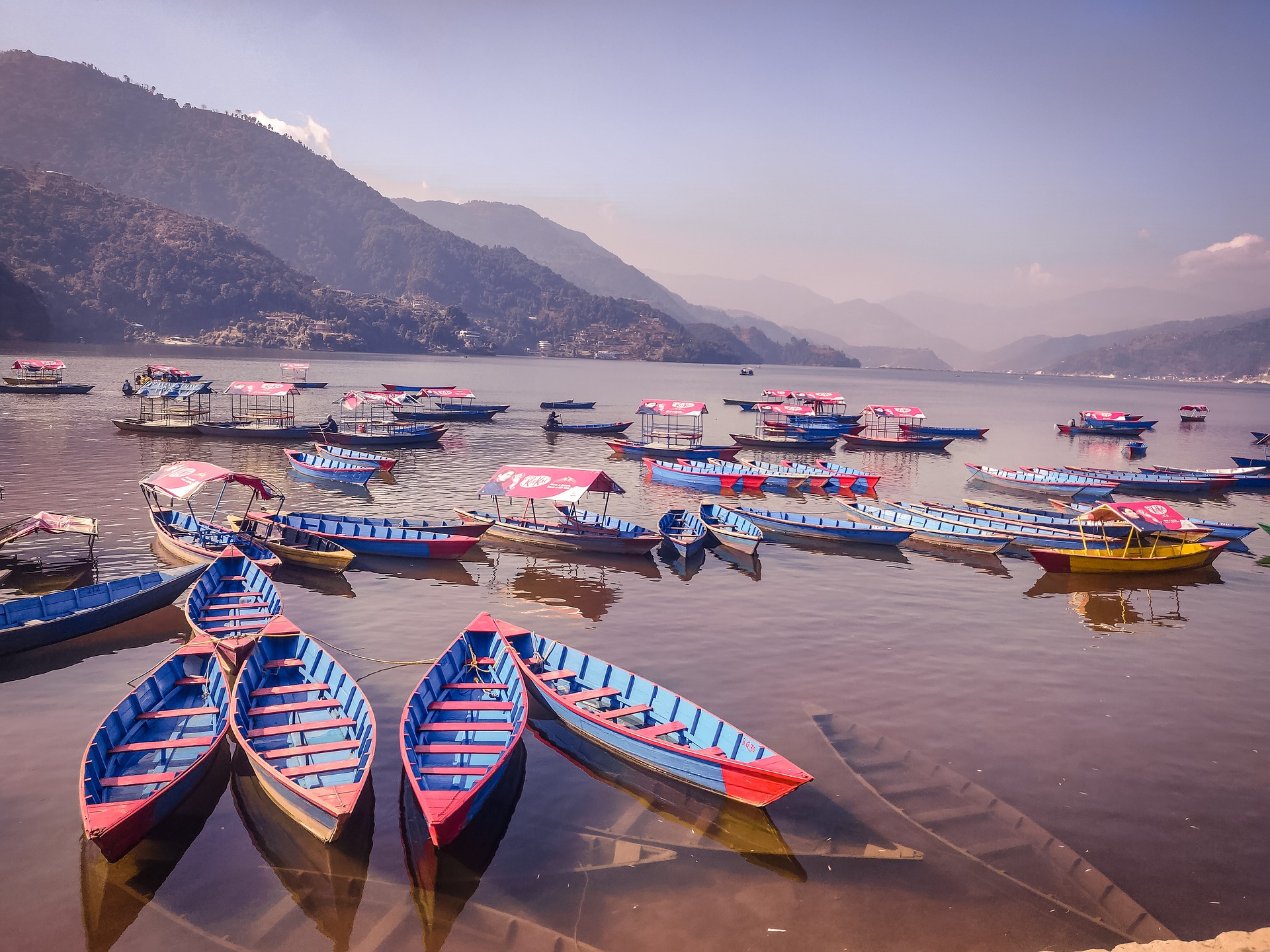
- Distance: Approximately 10 kilometers hiking + 40 KM driving
- Hiking time: Approximately 4-5 hours + 2 hours drive
- Altitude: 1900 meters (Pothana) to 1130 meters (Phedi) to 850 meters (Pokhara)
- Along the way: From Pothana, you will continue your descent through the Annapurna region, passing through small villages and forests along the way. The trail offers beautiful views of the surrounding mountains, including Annapurna South and Hiunchuli. You will eventually reach Phedi, a small village located at an altitude of 1130 meters. After tea rest, the journey continues to Pokhara.
Hotels
Hotels are from basic to 5-star rated or a similar standard.
| HOTEL OPTION | CATEGORY ROOM |
| Kantipur Temple House or/and similar | Deluxe / Twin share or Single |
| Hyatt Regency Taragoan, Kathmandu | Deluxe / Twin share or Single |
| Temples Tree Resort & Spa, Pokhara | Deluxe / Twin share or Single |
| Glacier Hotel & Spa, Pokhara | Deluxe / Twin share or Single |
| Tea houses or Guest Houses on the trek | Basic rooms |
Hotels are subject to change according to the season and booking time, In case of unavailability, we promise you that we will find similar standard hotels.
Facilities that may be available at the lodges and hotels during your trekking include:
- Comfortable beds with blankets and pillows
- Shared or attached bathrooms with hot water
- A restaurant serving Nepalese and international cuisine
- WiFi
- Electricity (may be limited or intermittent)
- Trekking gear rental services
- Common areas for relaxation and socializing
- Views of the surrounding mountains and landscapes
Tea Houses: Tea Houses are basic lodges that offer simple accommodations and meals. They usually have shared bathrooms and sometimes hot water may not be available. These lodges are run by local people and are a great way to experience the local culture.
Guest Houses: Guest Houses are slightly more comfortable than Tea Houses and offer private rooms with attached bathrooms. They may also have hot showers and a restaurant that serves Nepalese and international cuisine.
What’s Included
- Airport transfers
- All Domestic Transportation (Land and Air)
- All accommodations (Double deluxe room & Tea house during trekking)
- Guide’s & Driver’s and all staff’s insurance and wages
- The hike will be accompanied by an experienced local guide
- Entrance fees to all sightseeing
- Meals and Refreshments as mentioned in Itinerary, Breakfast (B), Lunch (L) Dinner (D)
- All permits for the trekking
What’s Excludes
- International Airfare, Visa fee to Nepal
- Any other cost other than the one mentioned above
- Meals that are not listed above
- Gratuities
- Your personal costs
- Any other personal expenses that may occur
- Personal insurance, health insurance, flight cancellation and etc..
Taxes & Permit
The itinerary covers all necessary taxes and permits for both sightseeing and trekking, without any additional or unexpected expenses. You will only pay for what you see in the itinerary.
Meals
- Breakfast
- Lunch
- Dinner
- Packed meals
- Bottled water
- Farewell dinner
FAQs
Nothing to be honest. Just contact us and we will make the whole process very natural.
The length of a trekking day in Nepal can vary depending on the specific route and the fitness level of the group. On average, a trekking day in Nepal may involve walking for 5-7 hours, depending on the terrain and the elevation gain.
However, it is important to keep in mind that trekking in Nepal can be physically demanding, and it is important to pace yourself and listen to your body. If you are not used to trekking or hiking for long periods of time, it is a good idea to start with shorter trekking days and to build up your endurance gradually.
It is also a good idea to consult with a trekking agency or guide to get a sense of the daily schedule for the trek you are considering. They will be able to provide you with more detailed information about the distance and duration of each day’s walk, and they will be able to help you plan a trek that is suitable for your fitness level and
The weather in Nepal can vary widely depending on the time of year and the elevation. Here is some general information about the weather you can expect during trekking in Nepal:
Spring (March to May): Spring is a good time to visit Nepal for trekking, as the weather is generally warm and dry. The days are sunny, and the temperatures can reach up to 80°F (27°C). The nights can be cool, and it is a good idea to bring warm layers.
Summer (June to August): Summer is the monsoon season in Nepal, and the weather is generally wet and humid. The days are hot and muggy, and the nights are warm. Trekking during the monsoon season can be challenging, as the trails can be slippery and the visibility can be poor.
Autumn (September to November): Autumn is considered the best time to visit Nepal for trekking, as the weather is generally dry and clear. The days are warm, and the temperatures can reach up to 70°F (21°C). The nights are cool, and it is a good idea to bring warm layers.
Winter (December to February): Winter is the coldest time of year in Nepal, and the weather is generally dry and clear. The days are sunny, but the temperatures can be quite cold, especially at higher elevations. The nights are very cold, and it is important to bring warm layers and a good sleeping bag.
Overall, it is important to be prepared for a range of weather conditions when trekking in Nepal and to bring appropriate clothing and gear for the time of year and the elevation.
Nepal is generally considered a safe destination for solo female travelers, and many women travel to Nepal without incident. However, as with any travel destination, it is important to be aware of your surroundings and to take necessary precautions to protect your safety.
Here are a few tips for solo female travelers in Nepal:
Research your destination: Before you travel to Nepal, it is a good idea to research your destination and become familiar with local customs and cultural norms. This will help you feel more comfortable and confident while you are traveling.
Stay in safe accommodations: Choose a safe and reputable place to stay, such as a hotel or guesthouse that has good reviews and a secure location. Avoid staying in isolated or poorly lit areas.
Be aware of your surroundings: Stay alert and be aware of your surroundings at all times. Avoid walking alone at night or in isolated areas, and consider carrying a personal safety alarm or a mobile phone for emergency use.
Trust your instincts: If you feel uncomfortable or unsafe at any time, trust your instincts and remove yourself from the situation. It is always better to be safe than sorry.
Overall, Nepal is generally a safe destination for solo female travelers, but it is important to be aware of your surroundings and to take necessary precautions to protect your safety.
Here are a few tips for trekking in the Himalayas as a beginner:
Start with a shorter and more moderate trek: If you are new to trekking, it is a good idea to start with a shorter and more moderate trek, such as a 3-5 day trek. This will give you a chance to get a feel for trekking and to build up your endurance gradually.
Choose a route with good acclimatization: Altitude sickness can be a concern in the Himalayas, so it is important to choose a route that allows for good acclimatization. This means choosing a route that ascends gradually and that allows for rest days to allow your body to adjust to the higher elevation.
Be prepared: Make sure you are properly equipped for your trek, and bring appropriate clothing and gear for the weather and the elevation. It is also a good idea to bring any necessary medications or first aid supplies.
Hire a guide or join a group: If you are new to trekking, it is a good idea to hire a guide or join a group for your trek. A guide can provide valuable information and support, and a group can provide a sense of safety and camaraderie.
Overall, it is possible to trek in the Himalayas even if you are new to trekking, but it is important to choose a route that is suitable for your fitness level and experience, to be prepared, and to follow the advice of a guide or group leader.

